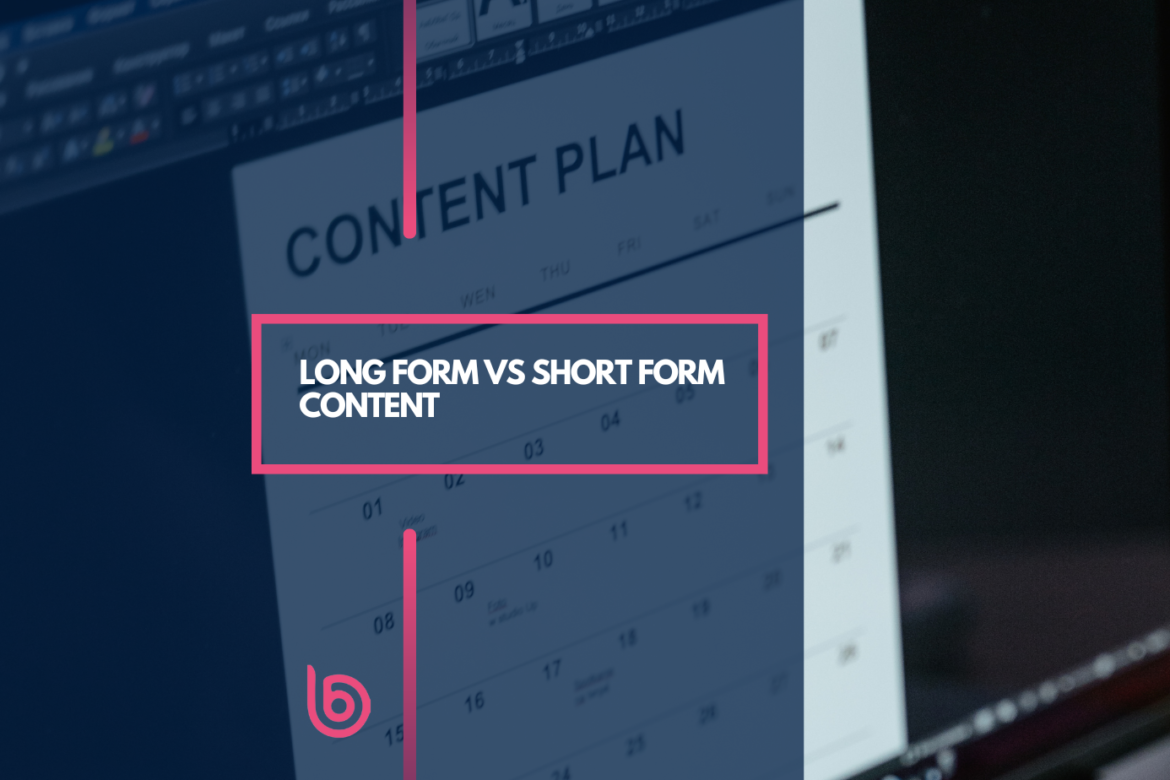
Determining what type of content you should post is a crucial task. It can vary from writing blogs, creating infographics, uploading videos, etc. But once you decide, figure out how long your content should be before proceeding further.
Deciding Between Long-Form vs Short-Form Content
- What are your Goals?
Your annual goals can differ from the goals which you want to achieve at the end of each campaign. This can differ in choosing between short-form and long-form content. For instance, if your goal is to raise awareness, you can use short-form content ideas. But if you want your site to rank higher, long-form content is an optimum choice.
- What’s the Intent Behind it?
Understand the intent of your content by doing in-depth research. Evaluate what your audience needs at what time. If your customers want to see something educational or informational-based, use long-form content. But if you want to see something latest and entertaining, work on creating short-form content.
- What are your Competitors doing?
Track what’s working for your competitors and pinpoint the positive elements. Analyze which posts perform the best by comparing them with your competitors. Keep a check on the target word count and balance your content accordingly. Monitor what is the best to upload a blog and what’s the best time to upload an infographic etc.
- What does the Customer want?
Focus on consumer insights to know what type of content should be used more. Determine what type of content drives the most level of engagement rate. Moreover, decide what type of content has the lowest bounce rate and highest session duration.
Conclusion
Remember that what works for one business isn’t always going to work for another. This is because every business has its own goals different from other businesses and has different ways to achieve them. Note that the best content marketing strategy will include a mix-up between long-form and short-form content.